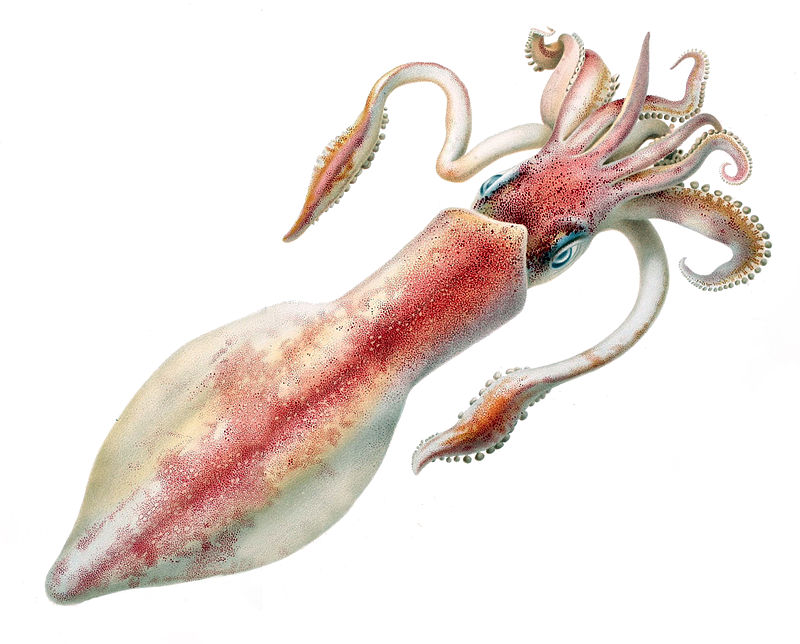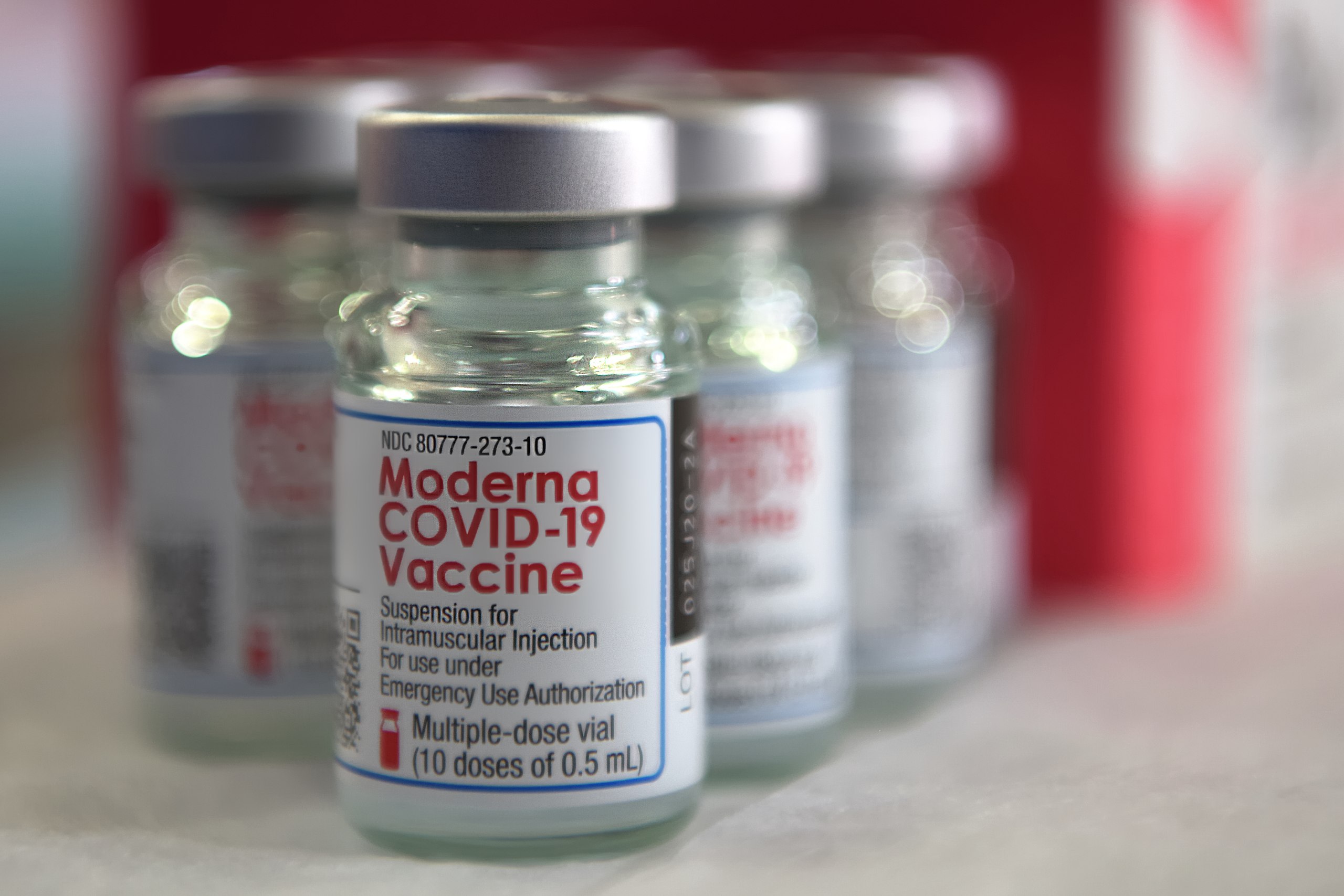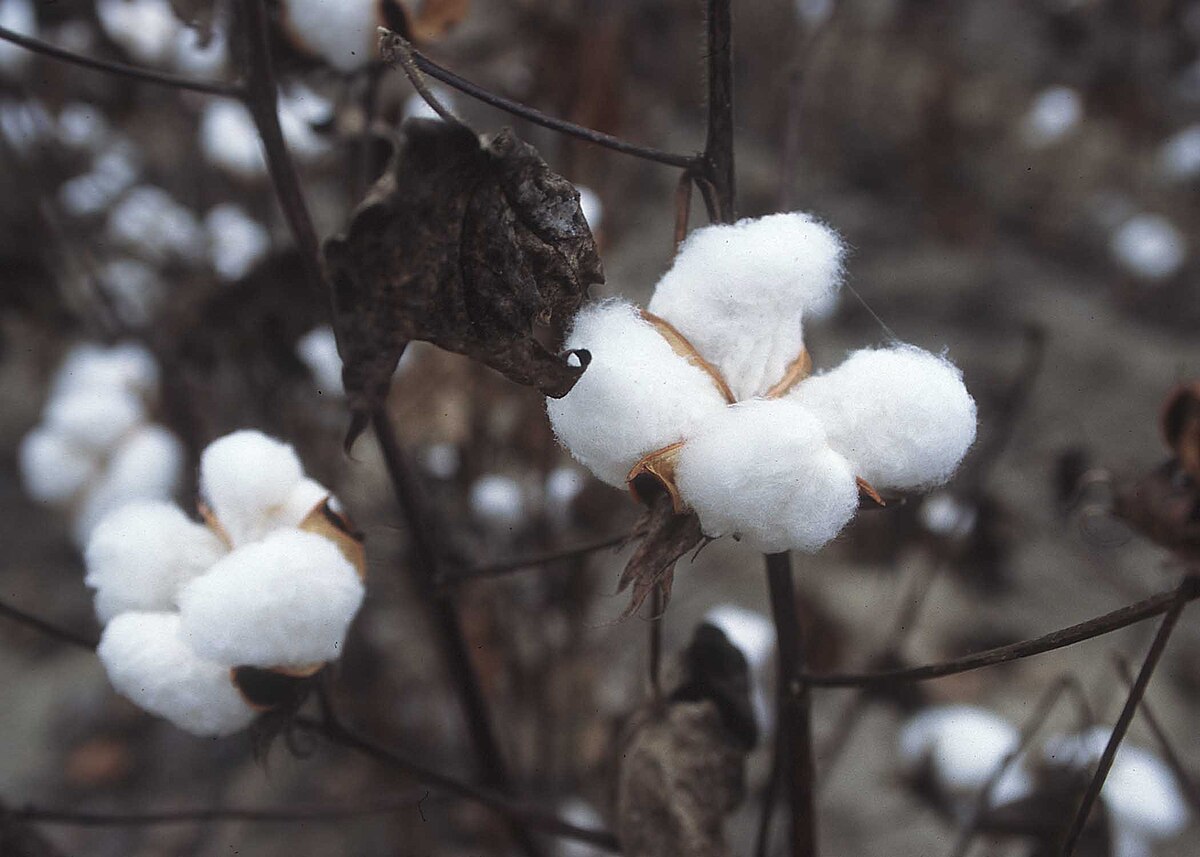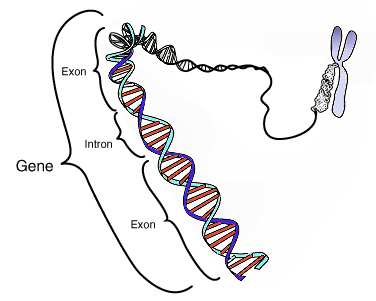General Studies 3
Biotechnology: Biomimetics
Biomimetics is the study of the structure and function of biological systems as models for the design and engineering of materials and machines. It is widely regarded as being synonymous with biomimicry, biomimetics, biognosis, and similar to biologically inspired design. … Continue reading
Biotechnology: Vaccine and Types
What is a Vaccine? A vaccine is a biological preparation that offers active acquired immunity to a specific disease. Generally, a vaccine comprises of an agent that has a resemblance to the disease-causing microbe. Types of Vaccine Inactivated Vaccine Vaccines … Continue reading
Biotechnology: GM Crops
What is it? Conventional plant breeding involves crossing species of the same genus to provide the offspring with the desired traits of both parents. Genetic engineering aims to transcend the genus barrier by introducing an alien gene in the seeds … Continue reading
Biotechnology: Projects on Genetics
Human Genome Project (HGP) HGP was the international, collaborative research program whose goal was the complete mapping and understanding of the genome (all the genes) of human beings. This was first articulated in 1988 by a special committee of the … Continue reading
Biotechnology: Three Parent Baby and Embryo Transfer Technology
Three Parent Baby Three-parent baby, human offspring produced from the genetic material of one man &two women through the use of assisted reproductive technologies, specifically mitochondrial manipulation (or replacement) technologies & three-person in vitro fertilization (IVF). This mechanism involves the … Continue reading
Biotechnology: Genetic Disorders and Treatments
Genetic Disorders A genetic disorder is a disease that is caused by a change, or mutation, in an individual’s DNA sequence. These mutations can be due to an error in DNA replication or due to environmental factors, such as cigarette … Continue reading
Biotechnology: Stem Cell
The smallest functional unit of life is called the Cell. These cells develop to form tissues which in turn develop to form organs. Stem cells are basically undifferentiated, primitive cells that have the potential to develop into many different types … Continue reading
Biotechnology: Cell
What is a cell? A Cell is defined as the smallest, basic unit of life responsible for all life’s processes. Robert Hooke coined the term Cell in 1665. Cells provide structure and support to the body of an organism. Types … Continue reading
Biotechnology: Deoxyribonucleic Acid (DNA) and Ribonucleic Acid (RNA)
Deoxyribonucleic Acid (DNA) DNA is an organic chemical that contains genetic information and instructions for protein synthesis. DNA is a key part of reproduction in which genetic heredity is passed down through DNA from parents to offspring. Ribonucleic Acid (RNA) … Continue reading
Biotechnology: Chromosome
These are thread-like structures located inside the nucleus of animal & plant cells. Each chromosome is made of protein and a single molecule of Deoxyribose-Nucleic Acid (DNA). Chromosomes are a key part of the process that ensures DNA is accurately … Continue reading








